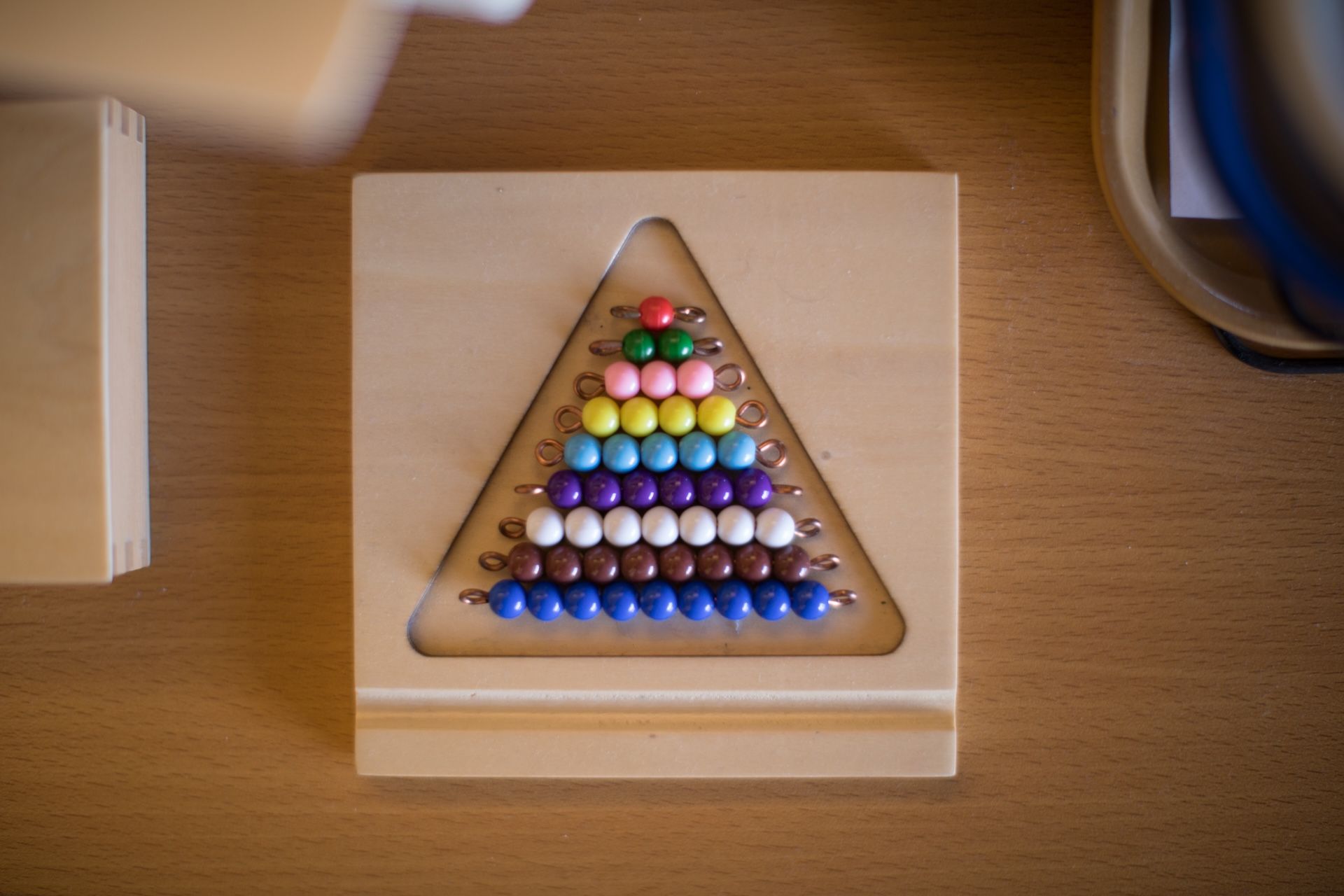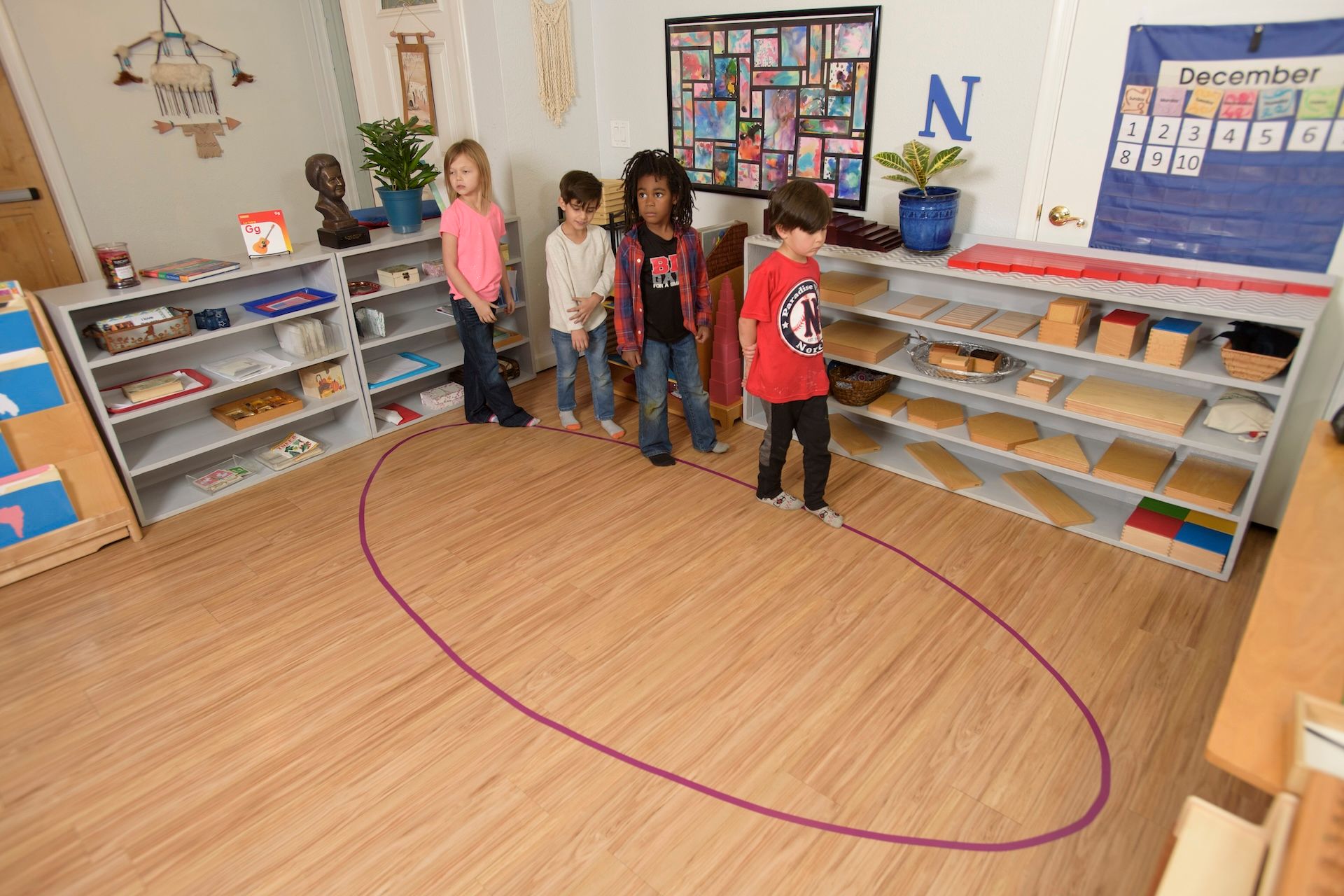
Ah, bedtime. Something so many adults look forward to and yet so many kids fight. But sleep is vital for young children and many aren’t getting enough. Research published in 2000 by Dr. Judith Owens, a pediatrician at Brown University, showed 37 percent of the 494 children (kindergarten through fourth grade) she studied had sleep-related problem such as falling asleep during school hours. You don’t want your child becoming part of this exhausted statistic. So what can you do?
1) Know How Much Sleep They Need
One factor that leads to kids not getting enough sleep is that many parents don’t know how much sleep their child actually needs. Children need more hours of sleep per night than adults. Though the exact amount will vary depending on the child, The National Sleep Foundation and American Academy of Sleep Medicine offer these guidelines:
- Newborn (0 to 3 months): 14 to 17 hours per day (including naps)
- Infant (4 to 12 months): 12 to 16 hours per day (including naps)
- Toddler (1 to 2 years): 11 to 14 hours per day (including naps)
- Pre-school (3 to 5 years): 10 to 13 hours per day (including naps)
- School-age (6 to 12 years): 9 to 12 hours per day (typically at night)
2) Aim For An Early Bedtime
Researchers agree that an early bedtime works best for babies, toddlers, and school-age children. For young children, aim for a bedtime between 6:30 and 7:30 pm. Older children often do best with a bedtime between 7:00 and 8:00 pm.
If that sounds like an impossibly early bedtime for the normal American family, remember there are countless families across the country making it work . You just have to find a schedule that fits your family. And even if it’s a little later than recommended, aim for consistency.
3) Establish A Consistent Routine
A consistent routine makes it much easier to kids to fall asleep at the time you set for bedtime. Try to eat about two hours before bedtime, if possible, and shut-off electronic screens at least an hour before bed.
Every family’s routine will look different. You might incorporate after-dinner playtime, followed by a bath, teeth brushing, and pajamas. As you get closer to bedtime, focus on relaxing activities. Many parents read to their children as they tuck them in bed. Some families let kids play with silent toys in bed until they fall asleep. You might have to try a few different things out to find what works best for your child.
4) Create A Sleep-Friendly Environment
Most people need a cool, quiet, dark environment for sleep . Kids will fall asleep best if the temperature isn’t too hot or too cold, they have enough blankets to cover up if it gets chilly, and their pajamas are comfortable.
Try to minimize outside noise and light as much as possible. Make sure you have room darkening shades or curtains on the window to block bright sunlight during the summer when sunset is later than bedtime. Provide a soft nightlight for kids who don’t want to sleep in the dark.
Though sleep routines might get interrupted by vacations, illness, or other things that come up, try to maintain as much consistency as you can. Sleep deprivation can affect your kid’s mood and their ability to learn. But when your kid is getting enough sleep, they’ll have an easier time with concentration, learning, and memory.
The post 4 Tips To Get Your Child A Good Night Sleep appeared first on Pebblecreek Montessori.
Hours
MONDAY - FRIDAY
HALF DAY: 8:30a – 12 noon
ACADEMIC DAY: 8:30a – 3:30p
EARLY CARE: 7:00a – 8:30a
AFTER CARE: 3:30p – 6:00p
OFFICE: 8:00a - 4:00p
Programs
Connect
Pebblecreek Montessori




